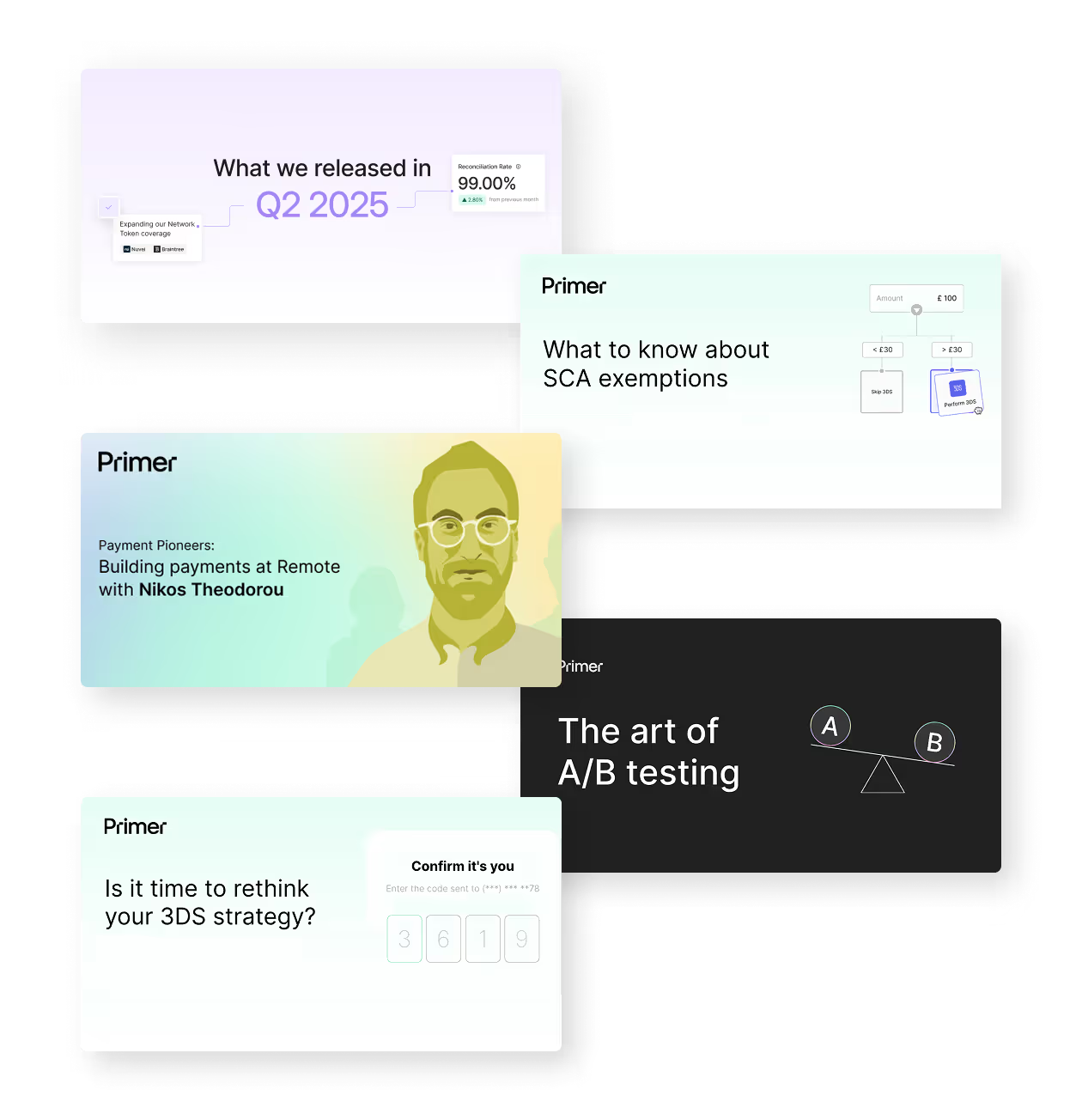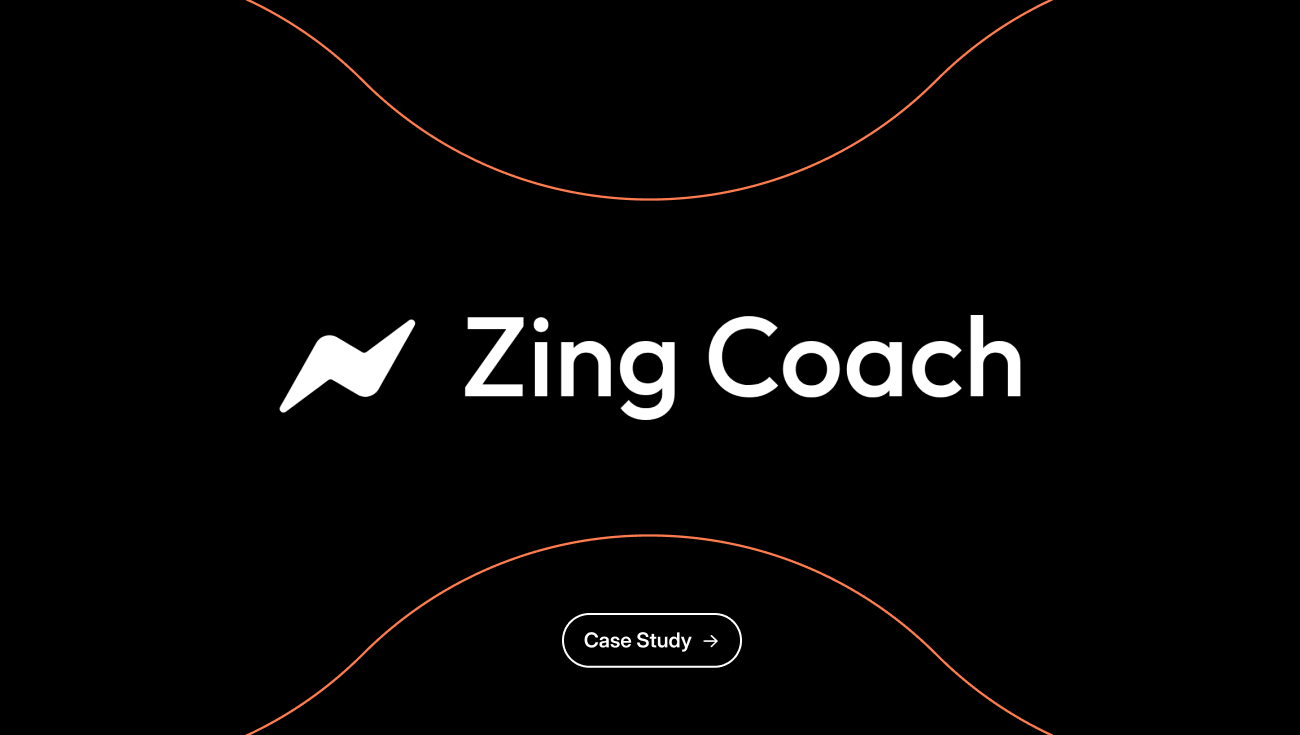In our latest customer story, we speak with Bhavin Shah, Vice President of Product Management at Beam, about how efficient payments have played a critical role in it becoming the region's top micro-mobility operator.
Over 4.5 billion people call Asia Pacific home, with around half inhabiting bustling cities and urban sprawl. However, navigating these vibrant areas is a daily challenge for those in metropolises like Auckland, Bangkok, Istanbul, Kuala Lumpur, Jakarta, Seoul, Sydney, and Tokyo.
Enter Beam—the micromobility leader on a mission to enhance the flow of cities for everyone. Beam provides a range of e-bikes, e-scooters, and e-mopeds to residents and visitors across over 60 cities in eight countries.
Over the past year, Beam has expanded into Indonesia and Japan. It's also doubled down on its existing markets, increasing its number of vehicles across its eight markets from 30,000 to 80,000 in just a few months.
In this conversation, we chat with Beam's Vice President of Product Management, Bhavin Shah, to learn more about the company's journey and how it's using payments to meet local rider expectations and reduce operating costs.
Beam operates across eight markets with very diverse payment preferences and behaviors. Tell us about Beam's experience and how the company thought about payments as it expanded its presence into new markets.
Absolutely, it's been quite a journey for us at Beam.
As you rightly pointed out, operating in eight markets with distinct payment ecosystems has brought its share of challenges and complexity to navigate.
That said, while we've always been mindful of the importance of payments, it's not a topic that's always been top of mind.
In the first few years, our strategy was built around speed. We wanted to expand into new markets, deepen our roots in those markets, and establish the Beam brand. And we were wary of letting payments impede our growth trajectory.
To avoid this issue, we partnered with Adyen, which gave us the coverage we needed to accept payments across all our markets, with the understanding that we could fine-tune our payment approach later on.
And that's what we've worked on over the past year. Payment optimization has become a big topic internally, and we're looking at it through three lenses:
- Increasing our top-of-funnel conversion rate by offering the most relevant alternative payment methods for a specific market
- Optimizing our cost structure to ensure payments aren't significantly impacting our margins
- Improving our authorization rates to ensure every rider can pay for their ride without issue
It's an exciting phase, and we're confident that these efforts will contribute to creating smoother and more efficient payment experiences for everyone involved.
These are exciting times for Beam. Let's talk about payment methods. How have you built your payment method strategy, and what goals are you looking to achieve?
As I just mentioned, we initially approached payments with a one-size-fits-all mindset. Now, we're tailoring that approach to each market.
We're fortunate to have a close relationship with the teams in every country we operate. They provide regular insight into the local payment ecosystem that we use to help evaluate whether we should offer new payment options.
A good example is South Korea. It's a country where card usage is widespread, accounting for over 70% of ecommerce transactions. So, naturally, we offered cards when we launched and met our objectives.
However, our on-the-ground team shared feedback indicating a preference for digital wallets to enhance the booking process's speed and seamlessness.
Taking this feedback onboard, we introduced KakaoPay and Toss Pay. The result? An uptick in our 'rider first trip' metric—a vital KPI for us, as riders who use our service once are more likely to become repeat customers. Since launching Google Pay and Apple Pay, we've also seen similar success in Australia and New Zealand.
.avif)
Despite the success we've seen launching these new alternative payment methods, we're staying pragmatic in our approach. Adding new payment methods can create additional complexities in our payments stack as we're forced to manage new flows and ways of working.
It's one of the reasons we've partnered with Primer, as it abstracts a lot of that complexity. While this doesn't mean we'll now choose to offer every payment method under the sun, it does give us confidence that when we need to switch to a new payment method, we can do so quickly when Primer has an existing integration and without taking on any additional complexity.
Get the Primer Ultimate Guide to Alternative Payment Methods.
And what is your approach to optimizing for cost and overall performance?
It's a similar approach to what we're doing with payment methods. We entered all our markets in partnership with a global processor. We're now seeing if that strategy makes sense from a cost and performance perspective. And, if it doesn't, we're exploring local alternatives.
It's another example of where our choice to use Primer as our payment infrastructure has proved instrumental.
We've integrated with Xendit in Indonesia, Checkout.com in Australia and New Zealand, and iPay88 in Malaysia using Primer. Access to these additional processors gives us redundancy in these markets and the opportunity to build optimal payment routing strategies in service of our KPIs.
Has your playbook for payments now changed due to all your experiences and learnings over the last few years?
100%. Our playbook for entering new markets is much more robust than a few years ago, and optimized payments are now a day zero requirement.
We've learned from experience that offering our customers their preferred payment method is as crucial as providing them with the right vehicle.
In Indonesia, the infrastructure means that e-bikes and e-scooters might not be the ideal choice, leading us to focus on offering mopeds. The same level of consideration goes into payments. Recognizing that many Indonesians don't use or have cards, we've integrated the country's most popular digital wallets—ShopeePay, Dana, and OVO—to cater to the unique rider preferences in the country.

And when it comes to processors. We've seen how quickly the costs to process payments can ramp up. We're now much more conscious of which processors we use in different markets to strike that reliability between performance, cost, and reliability.
What's next on the agenda for payments at Beam?
As I said at the beginning, it's been a journey over the last few years. And we're now at the next stage in that journey.
Expanding payment methods and processors has laid a strong foundation. Our focus is now on optimizing our payment processing strategy to boost authorization rates and reduce costs through smart routing.
Our partnership with Primer will be instrumental here. We've already seen the value of integrating the platform with different payment methods and processors. It's relieved a considerable amount of engineering effort and allowed us to move faster than ever before.
But we're just scratching the surface of Primer's capabilities. For example, we're using Primer to build more intricate routing strategies to ensure we direct every payment to the optimal provider.
Keep reading
You’ve seen what
can do.
Now imagine what you could.










